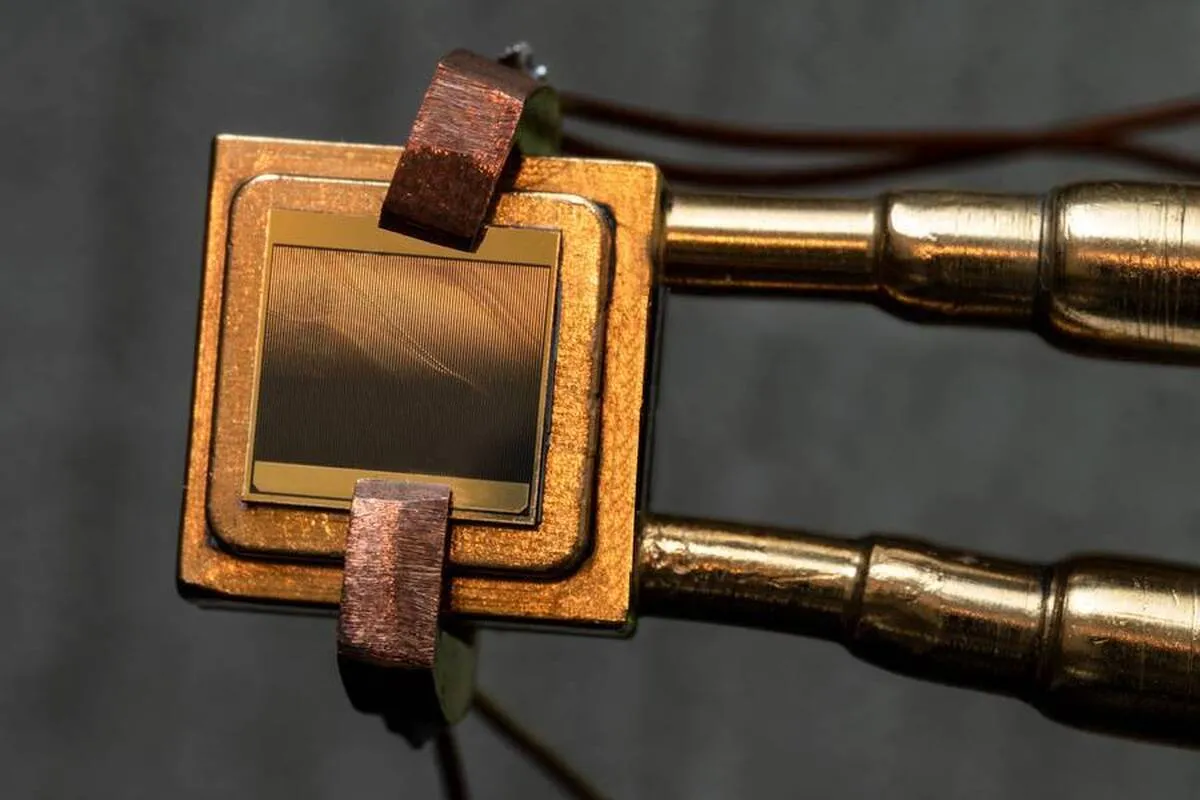Future of Thermophotovoltaic Technology

Analysis reveals TPV’s potential for cost-effective energy generation, highlighting key factors influencing economic feasibility, the journal of Photonics for Energy reported.
As the world moves towards sustainable energy, researchers are developing new technologies to efficiently convert heat into electricity. One promising approach, thermophotovoltaics (TPV), uses heat from thermal emitters to generate power through specially designed photovoltaic cells. TPV systems stand out for their ability to produce energy quietly and without moving parts, making them low-maintenance and potentially cost-effective. A recent study, published in the Journal of Photonics for Energy, explores the economic viability of TPV technology integrated with solar and energy storage systems, emphasizing its potential for future applications.
The study conducted a detailed techno-economic analysis of a TPV system combined with phase-change materials for energy storage. Researchers employed an optimization method to determine the levelized cost of consumed energy (LCOE) and the levelized cost of electricity (LCOEel) across four scenarios for a typical residential building in Boone, Iowa. These scenarios varied in key financial factors, including capital costs, inflation rates for fuel and electricity, and the expenses tied to high-temperature energy storage and power generation systems.
The findings revealed a slight reduction in both LCOE and LCOEel, from initial estimates of $0.038 per kilowatt-hour and $0.128 per kilowatt-hour, respectively. This analysis also included a Monte Carlo uncertainty assessment, which examined how different variables could influence these costs over time. The results suggested that while TPV technology holds significant economic potential, the LCOEel currently exceeds the average electricity price.
The study identified several critical factors that affect the overall cost of TPV systems, including system lifetime, capital costs, inflation rates, and the price of natural gas. By focusing future research on these areas, scientists hope to improve the adoption of TPV technology, lighting the way for more efficient and sustainable energy systems.
4155/v





















